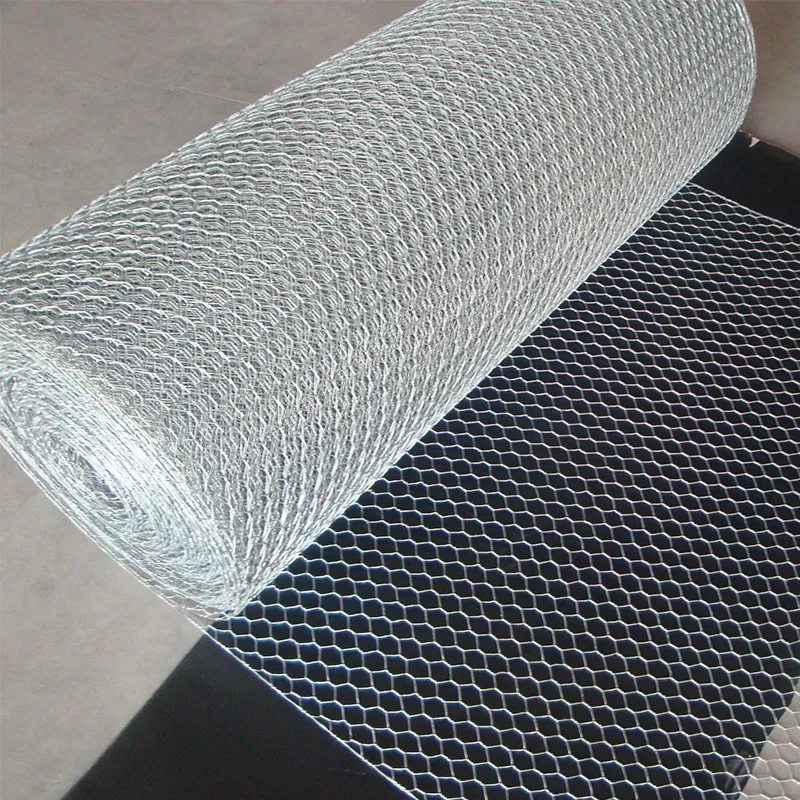Oct . 30, 2024 12:57 Back to list
construction nails
The Essential Role of Construction Nails in Building Projects
Construction nails are often underestimated in their significance, yet they play a crucial role in the structural integrity of buildings, furniture, and various woodworking projects. These seemingly simple fasteners are indispensable in the world of construction, providing strength, durability, and efficiency in connecting materials.
At their core, construction nails are made of metal, typically steel, which ensures they can withstand loads and resist corrosion. The process of making nails involves drawing metal into wire, cutting it into specific lengths, and adding a point and head. This seemingly straightforward process results in a diverse range of nails tailored for different applications—each with unique features that cater to specific needs.
One of the most common types of construction nails is common nails, which have a flat head and a slender body. They are primarily used for framing wood structures and attaching sheathing, flooring, and roofing. Their design allows them to penetrate wood easily while providing a strong hold. For larger framing projects, the use of framing nails, which are longer and thicker, is essential to ensure robust connections that can support substantial weight.
In addition to common and framing nails, there are specialty nails designed for specific tasks. For instance, finishing nails are smaller, with a smaller head that allows them to be driven into the wood surface and concealed easily, making them ideal for trim work. Roofing nails, on the other hand, often feature a larger head to help secure shingles and withstand exposure to the elements. With such a wide variety of nails available, selecting the right one is crucial for the success of any construction project.
construction nails

The application of construction nails extends beyond mere fastening. The choice of nail size, type, and material can significantly affect the longevity and performance of a structure. For example, using galvanized nails in outdoor projects is essential as they resist rust and corrosion, enhancing the durability of the work.
Moreover, advancements in technology have led to innovations like collated nails, which can be loaded into nail guns for increased efficiency. This method allows for rapid fastening, reducing labor time and enhancing productivity on construction sites. The ease of use and reliability of pneumatic nailers has transformed how builders approach projects, making the process faster and more accurate.
In an era of sustainable construction, choosing the right fasteners, including nails, is integral to eco-friendly building practices. Many manufacturers now offer recycled or eco-friendly nails, responding to the growing demand for sustainable materials in construction.
In conclusion, while construction nails may appear simple, their role in the building industry is profound. They are the unsung heroes behind the walls, roofs, and infrastructure we often take for granted. Understanding the different types of nails and their applications ensures that construction projects are not only successful but also built to last. As the industry continues to evolve, so too will the technology and materials used in the humble nail, solidifying its place in the future of construction.
-
The Role of Field Wire Fence in Grassland Conservation
NewsJul.15,2025
-
Stainless Steel Razor Wire Durability in Coastal Environments
NewsJul.15,2025
-
Enhancing Home Security with Mesh Fences
NewsJul.15,2025
-
Diamond Mesh Wire for Small Animal Enclosures
NewsJul.15,2025
-
Common Wire Nail Tensile Strength Testing for Woodworking
NewsJul.15,2025
-
Barbed Wire Corrosion Resistance Galvanization Techniques
NewsJul.15,2025









